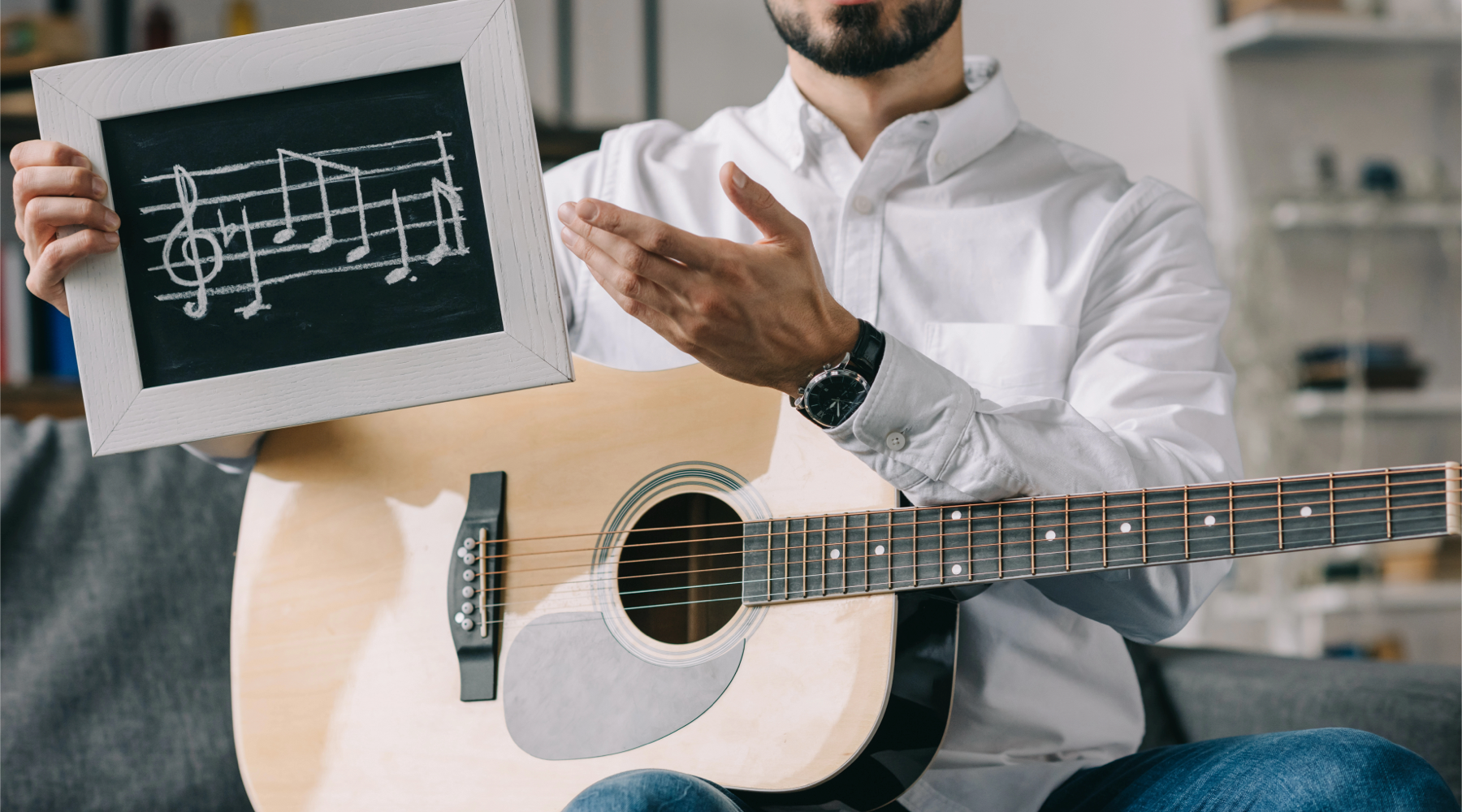How to Learn Guitar: Tips for Self-Taught Success
Learning to play the guitar can be both exciting and challenging. Many aspiring guitarists find themselves giving up within the first year. If you’re part of that group, don’t lose hope! With the right approach, you can be among the successful few who stick with it and thrive. This blog will provide you with essential tips on how to learn guitar effectively, so you can enjoy the journey and make real progress.
Table of Contents
- The Reality of Guitar Learning
- Tip #1: Use YouTube and Songsterr
- Tip #2: No Gear, No Problem
- Tip #3: Just Play Something
- Tip #4: Set a Schedule and Goals
- Tip #5: Make It Fun!
- Conclusion
The Reality of Guitar Learning
Statistics show that about 90% of people trying to learn guitar quit in their first year. If you're teaching yourself, your odds may be even lower. However, there are ways to turn the tide in your favor. After spending seven years as a self-taught guitarist, I’ve compiled the top five tips I wish I had known at the beginning of my journey. Applying these tips can help you become a successful self-taught guitarist and beat the odds.
Tip #1: Use YouTube and Songsterr
YouTube and Songsterr are two invaluable resources for self-taught guitarists. While other apps like Simply Guitar exist, they may not be as comprehensive as these two. To optimize your learning, follow this process:
- Search for a YouTube video of the song or riff you want to learn. This will help you get a feel for the rhythm and melody.
- Watch tutorial videos related to that song. Some of my favorite YouTube educators include Gareth Evans, Paul Davids, and Marty Music.
- Utilize Songsterr for accurate tabs. Songsterr not only provides tabs but also a playback feature to hear how the song should sound.
Always cross-reference the tabs with actual performance videos to ensure accuracy and understand the rhythm.
Tip #2: No Gear, No Problem
As a beginner, it's tempting to buy a plethora of gear, but you don't need much to start. Here’s what you really need:
- Guitar: An acoustic guitar is sufficient for beginners. You can play most songs on it before deciding to invest in an electric guitar.
- Tuning: Use a free guitar tuning app like Guitar Tuna instead of buying a tuner.
- Picks: Start playing fingerstyle to develop dexterity and strength in your right hand.
- Capo: You can make a DIY capo with rubber bands and a pencil if needed.
Investing in gear can come later once you are committed to playing the guitar.
Tip #3: Just Play Something
A common mistake among self-taught guitarists is focusing too heavily on technique and getting everything perfect. Instead, just play! Here’s why:
- Getting hands-on experience is crucial. The most valuable thing you can do is to have the guitar in your hands.
- Pay attention to good habits, but don't let the fear of doing something wrong stop you from playing.
- Learning any riff or song is better than not playing at all. The more you play, the more comfortable you will become.
Remember, there’s no single right way to start learning guitar. Just make sure you’re making music!
Tip #4: Set a Schedule and Goals
Every guitarist experiences a plateau at some point, often referred to as "the hump." To overcome this, it's essential to establish a practice schedule and set SMART goals:
- Specific: Define exactly what you want to achieve, like learning a specific song.
- Measurable: Track your progress to see how far you've come.
- Attainable: Set realistic goals that you can achieve without overwhelming yourself.
- Relevant: Ensure your goals align with your interests and preferred style of guitar playing.
- Time-bound: Set deadlines for your goals to keep you accountable.
With a structured approach, you can push through the tough times and continue improving.
Tip #5: Make It Fun!
This tip is the most important one: make your guitar playing enjoyable. Here are ways to keep the fun factor high:
- Learn songs you love: Focus on music that excites you rather than tedious exercises.
- Keep your guitar visible: Having your guitar easily accessible will encourage you to play more.
- Be kind to yourself: Don’t stress over meeting goals or schedules. Focus on long-term enjoyment rather than short-term pressure.
Incorporating fun into your practice will not only keep you motivated but also enhance your skills faster.
Conclusion
Learning guitar can be a fulfilling journey if approached with the right mindset and resources. By utilizing YouTube and Songsterr, minimizing unnecessary gear, playing freely, setting structured goals, and ensuring that you’re having fun, you can significantly increase your chances of success. Remember, it’s not just about becoming a great guitarist; it’s about enjoying the process along the way. Stick with it, and you’ll find yourself among the successful few who overcome the odds and thrive in their guitar journey.




